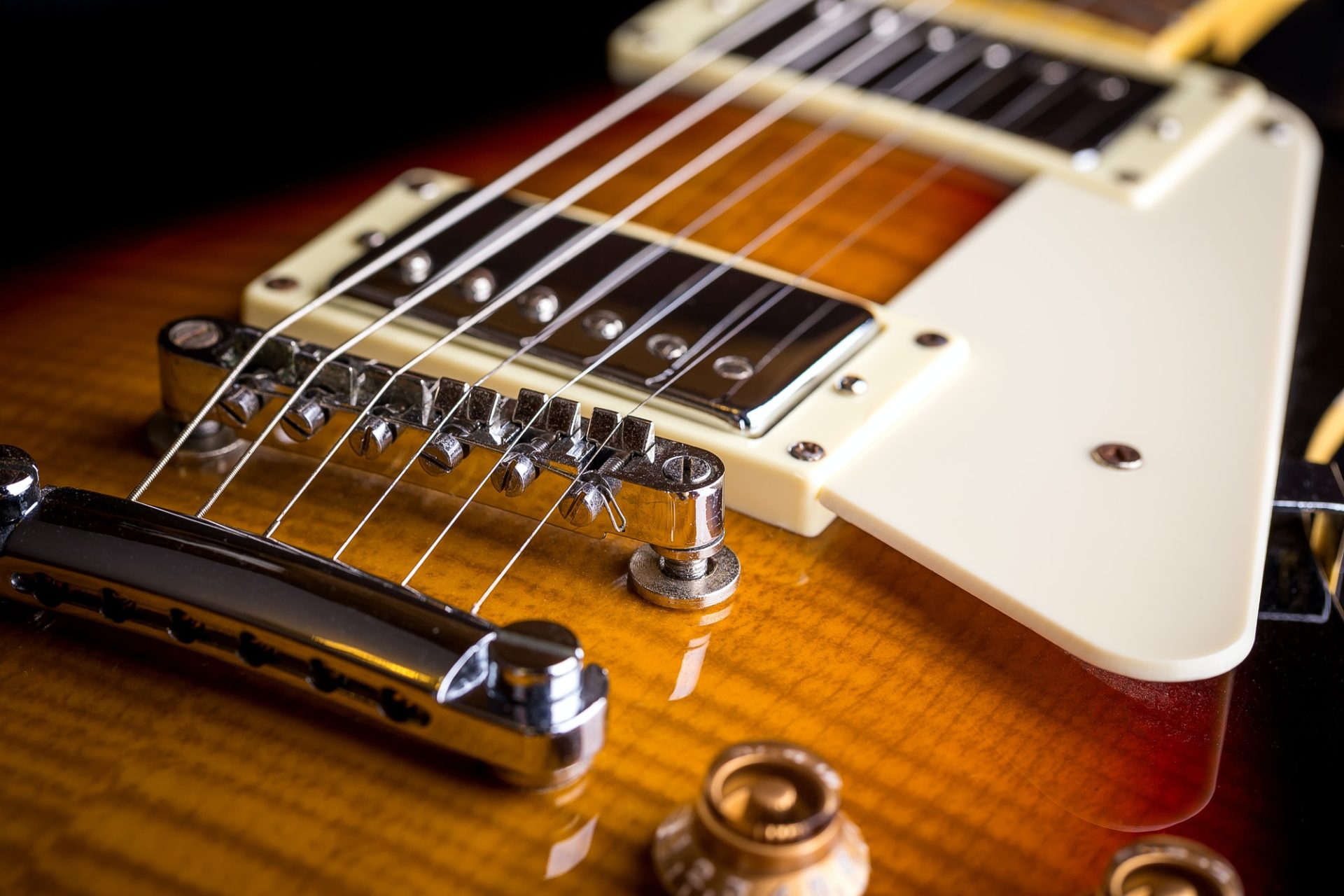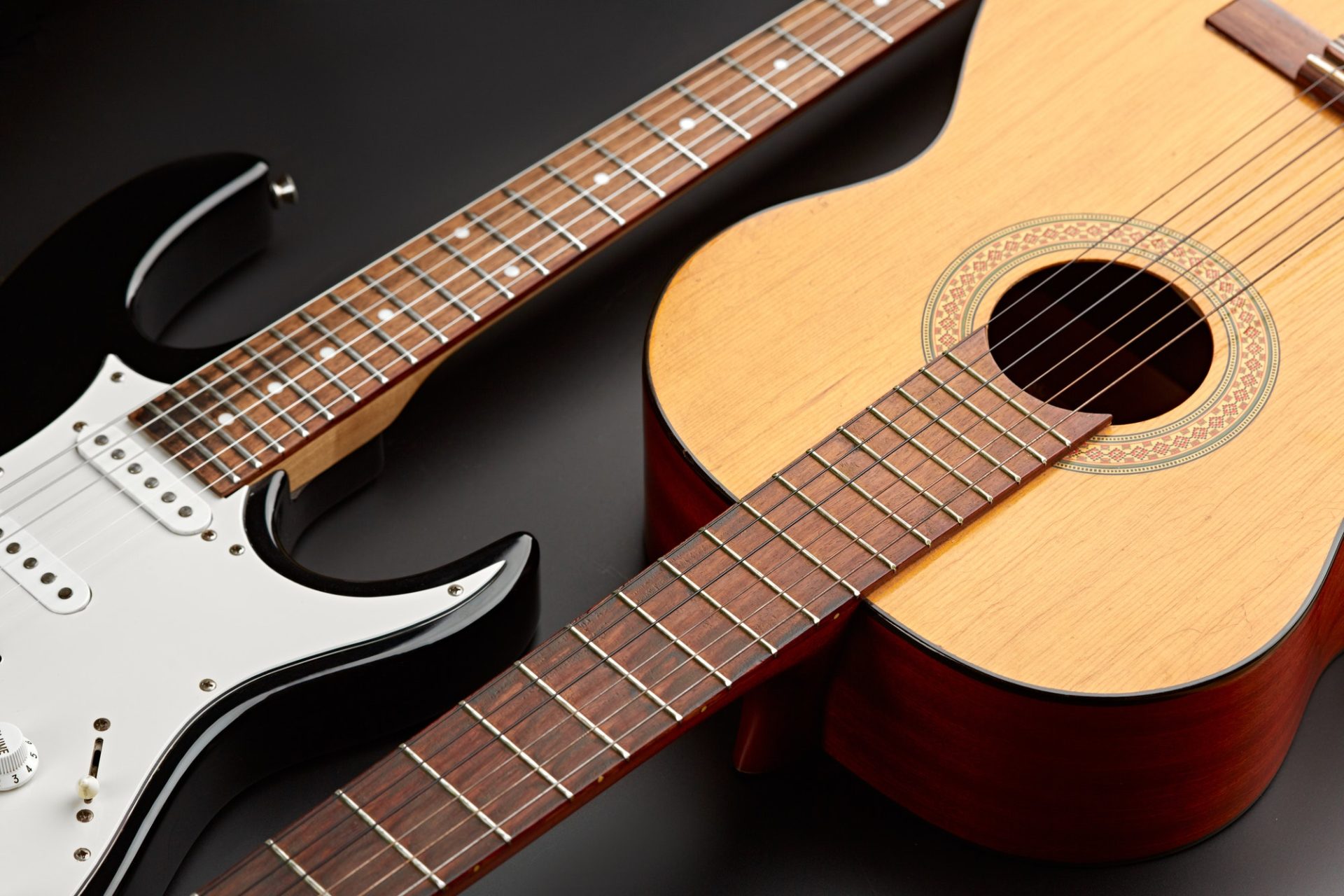Testimonials
Customer Says

"I've used both of the SESTronix devices in live situations. They sound great and are very responsive to guitar volume/tone settings and your playing touch...but I sort of expected that. Along with great tone, a HUGE benefit was the ability to just jump on stage, plug into an amp and play. Nobody had to wait for me to plug in and setup any of my pedals, followed by a minute or so knob twiddling. It was literally plug and play, then unplug and let the next person play. The host was all smiles. I'm going to install the Micro Tone Blue in my main guitar and carry a Mini Tone Blue everywhere I go."

"Had a chance to play the SESTronix microtone in a performance situation. It has great touch sensitivity. It is a great add on effect to the guitar which opens a world of possibilities. With the flip of a switch, or a push pull tone knob, you can add that little extra to your guitar's sound. There are three little adjustment knobs accessible through the back plate for volume, mid-cut, and drive. Just set it to your taste and get that little extra. You can dial in a simple volume boost to a searing lead with a simple adjustment. I'm amazed at the adjustability. Talk about freedom; This product is particularly useful as you don't have to be standing right next to your pedal board to get your boost. Think of the wireless users who don't have to travel back to the stage to kick in a drive pedal. The unit as I previously mentioned has great touch sensitivity and reacts well to your guitar volume control, so it's perfectly useful as an always on device. Battery life is 12+ hours so no worries about making it through the gig. And it charges quickly with USB. Forget to turn it off? Well it will power down after an hour of non-use. By the way as it is a great little preamp that stacks well with other pedals. Great for taking to a jam. In my case it eliminates one more drive pedal thereby freeing up space on a mini pedal board for an additional modulation pedal or whatever my gig calls for. In that manner I can see this simplifying the amount of gear to a fly gig. I can also see myself playing guitar straight in with no need for any pedals in numerous instances. I can't say whether this idea has ever been brought to market before, but it certainly is a game changer for me. I will probably purchase a mini for the guitars which I don't have room to install a micro. Great idea guys. I can't wait to see what you have next up your sleeve."

"I recently demoed the Mini Tone Blue created by the musicians / engineers at Sestronix. I was told by a company rep that it was designed to put back the highs and the dynamics that are often lost in an electric guitar’s tone because of the capacitance of the cables that we use to connect our instruments to our amps. The highs are affected more than the lows because of this phenomenon. You have probably heard this yourself, when comparing cheap cables to really good ones. I don’t really understand the technical side of why this occurs, but all I can tell you is after plugging into this little box, I can really hear a difference. Its diminutive size belies the huge enhancements this device offers a guitarist. What makes it really useful is that it preserves your natural playing dynamics and volume while accentuating them just enough to add expressiveness to each note. It sounds more tube-like than anything I’ve encountered outside of a real vacuum tube preamp. In some ways it sounds more "tubey" than real tubes! It has a reactive input that allows for more versatility when strumming the guitar at different intensity levels. It was great to be able to explore the distortion dynamics from a subtle gain when I picked the strings lightly to a heavy grit when I picked the strings more aggressively. On both my Eric Johnson Strat and my PRS Myra played through the Mini Tone Blue, I was rewarded with the instant gratification of the enhanced bite that is usually associated with custom designed and reworked electronic devices. I plugged into the clean channel on my Fender Hot Rod Deluxe. I started with the guitar’s volume knob all the way down and as I slowly rolled it up, the Mini Tone Blue responded like a tube amp; clean and lower in volume at the lowest settings but never muffled or unusable. The more I turned the volume up, the fuller and dirtier the sound got. I found great sounds throughout the spectrum and with the guitar’s volume full-up, the tone was still focused with great note clarity and touch response. Higher gain settings gave the same result only bigger and dirtier.
Songwriter, producer, studio musician and audio engineer based in Colorado. Author of "The Guitarist’s Survival Handbook" and "Modal Matrix" improvisational guitar course.

The Mini Tone Blue has three knobs that are labeled "drive", "tone" and "level". Pretty much self-explanatory. Between these three controls a myriad of tonal possibilities can be attained. To me it allows for a subtle, but pleasant enhancement of tonal dynamics that I can’t get with my amp alone. Another great feature is that it has a true bypass circuit, so when it is not being used it is not adding noise to the signal chain. If all this isn’t enough to tempt you to try this for yourself then consider this...it is also small enough to put in a guitar case or even a coat pocket. You can walk into a jam session or gig and plug into someone else’s rig and still get the tone you want with just a few turns of the knobs. It also attaches to your guitar strap so it is always within reach! It’s obvious that the guys who created this device are real working musicians and not just engineers. I’m sold! I think you will be too. I recently used the Mini Tone Blue to lay down all of the guitar tracks on my most recent release: "Daddy’s Little Devil" - Rick Greene (Ft. Jason Jackson). Check it out on YouTube."
Songwriter, producer, studio musician and audio engineer based in Colorado. Author of "The Guitarist’s Survival Handbook" and "Modal Matrix" improvisational guitar course.



Our Store
- 334 N Nevada Ave Colorado Springs, CO 80903
Get In Touch
- (719) 661-0940
- info@sestronix.com
